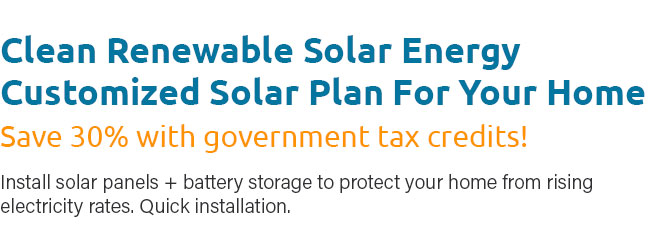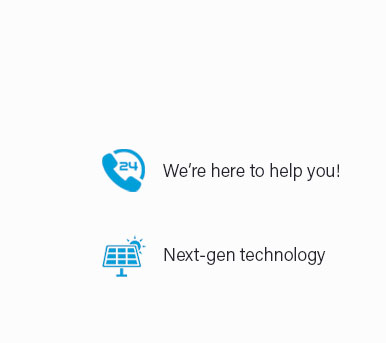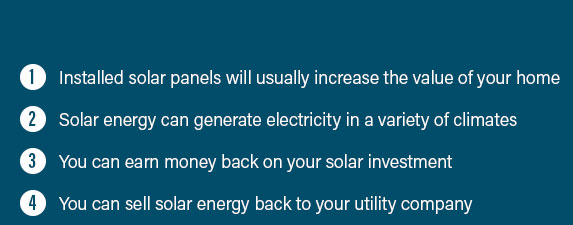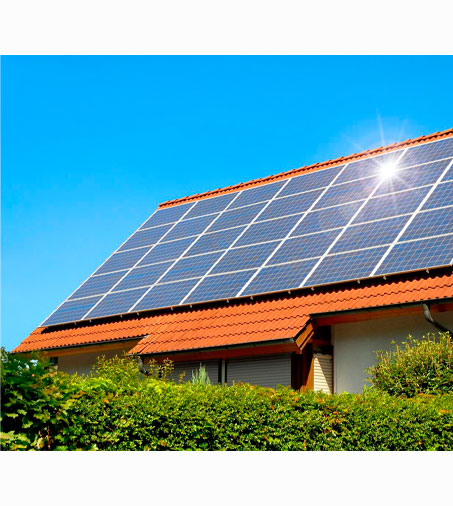 |
 |
 |
 |
 |
 |
 |
 |
 |
 |
 |
 |
 |
 |
|
 |
 |
 |
Exploring the Current Landscape of Home Solar EnergyIn recent years, the evolution of home solar technology has taken center stage as a pivotal component of the global transition towards sustainable energy. As we delve into 2025, the landscape of home solar energy is more vibrant and promising than ever. The expansion of solar panel efficiency, coupled with decreasing costs, has made home solar systems an increasingly attractive option for homeowners worldwide. This shift is not merely a testament to technological advancement but also a reflection of the growing environmental consciousness that pervades our society. One cannot overlook the significant reduction in the cost of solar panels over the past decade. According to recent data, the price of photovoltaic systems has plummeted by more than 70% since 2010. This decrease has made solar energy a viable and competitive alternative to traditional energy sources. Homeowners are now more inclined to invest in solar panels, driven by both the promise of long-term savings and the desire to reduce their carbon footprint. The efficiency of solar panels has also seen remarkable improvements. Modern panels boast efficiencies of over 20%, a substantial increase from the early models. This means that homeowners can generate more energy from a smaller area, making solar installations feasible even in urban environments where space is at a premium. Innovations such as bifacial panels, which capture sunlight from both sides, and advanced inverter technologies are further enhancing the energy output and reliability of home solar systems. The integration of energy storage solutions, like lithium-ion batteries, has further solidified the appeal of home solar systems. These batteries allow homeowners to store excess energy generated during the day for use at night or during periods of low sunlight. This not only maximizes the utility of solar installations but also provides a degree of energy independence, shielding households from fluctuating energy prices and enhancing resilience against power outages.
However, despite these advancements, the adoption of home solar systems is not without its challenges. Initial installation costs, though decreasing, can still be prohibitive for some. Furthermore, the variability of sunlight availability in different regions poses a challenge for consistent energy generation. Nevertheless, the trajectory of home solar energy is one of optimism. As technology continues to advance and awareness grows, the barriers to solar adoption are steadily diminishing. In conclusion, the current state of home solar energy is a testament to human ingenuity and our collective commitment to a sustainable future. The benefits of solar energy are manifold, touching on environmental, economic, and social dimensions. As we look ahead, it is clear that the role of home solar in the energy landscape will only continue to grow, driving us toward a cleaner, more sustainable world. https://www.currenthome.com/solar-services/
Current Home provides end-to-end solar energy services for residential customers including customized system design, permitting, installation, ... https://www.yelp.com/biz/current-home-hemet
Services - Current Home: Virtual Consultations, Solar Electric/PV System Installation, Solar EV Charging System Installation, 2 More Services. https://www.currenthome.com/
Current Home installs reliable and sustainable residential solar systems and provides full-service roofing in California and Florida focused on long-term ...
|